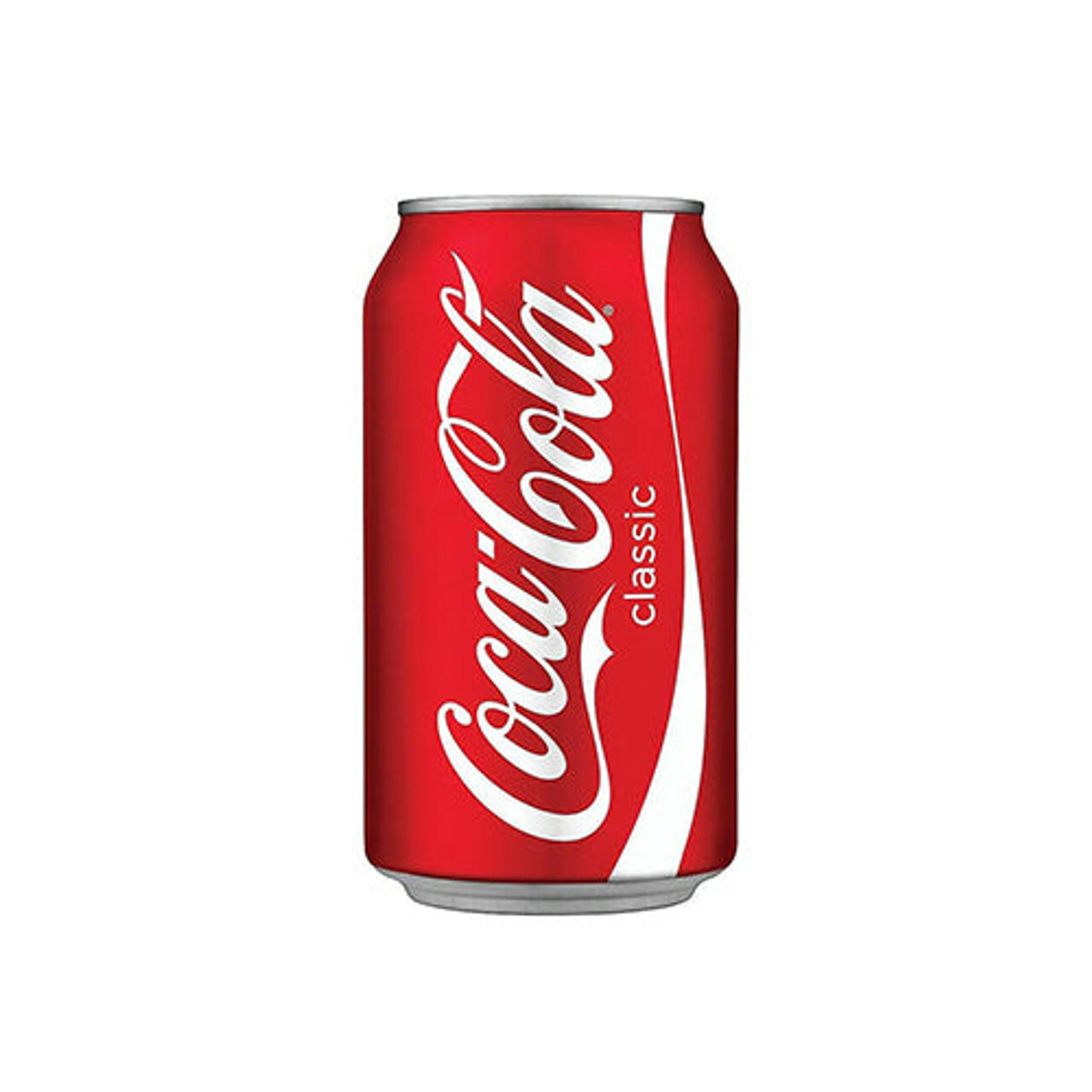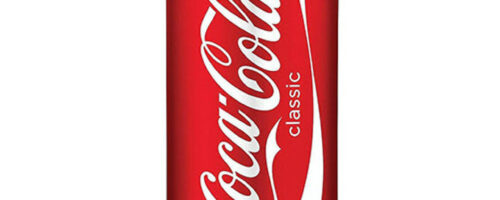
2471 Viking Way, Richmond, BC V6V 1N3
How is it produced?
A Coca-Cola Can (Coke Can) is produced through a multi-step process; which first begins with the key ingredient in it, Sucrose. Sucrose is milled in the Philippines (using sugar cane), by underpaid workers (Bayan, 2021), and is then exported through a company called, “BISCOM INC” (“Ingredient suppliers,” n.d). From there, is it shipped to a bottling plant, where it is then mixed with all the other ingredients and put in an aluminum can; again, a job done by underpaid workers (Canta, 2022; “Cost of living calculator,” n.d).
Describe the supply chain to the store shelf in Canada:
Sucrose is sold by BISCOM INC to Coca-Cola Company, then it is sold from Coca Cola Canada to a local grocery store.
What is the power balance between the producer and seller?
Coca-Cola has a significant amount of power over BISCOM INC (the sucrose seller) and over local grocery stores as it is a multinational corporation that serves “[m]ore than 2.2 billion servings of our drinks… in more than 200 countries and territories each day.” (“Our Company: About us,” n.d, n.p). Due to this, Coca-Cola has the ability to dictate its terms for sale to the sucrose seller and the final product seller (grocery store). If a business did not want to sell its product to Coca-Cola at their terms, or sell Coca-Cola’s product at their terms, then Coca-Cola can just go else where.
Can you recommend changes to the system to improve the balance?
Countries that import sucrose, like Canada, should set tariffs for sucrose if it is being purchased by Multinational Corporations (like Coca-Cola) so that they are forced to buy it from places that pay their workers better. And, in the same way, grocery stores should not buy products from companies that underpay their employees.
References/Resources:
Bayan, A. (2021). Worsening labor and production conditions in the sugar industry.Philippine
Revolution Web Central. https://philippinerevolution.nu/2021/06/21/worsening-labor-and-production-conditions-in-the-sugar-industry/.
BISCOM Inc. (n.d.). PCCI MAKATI. https://pcci-makati.com/pcci-member/biscom-inc/.
Brown, P., Merouchi, L., & Morgans, C. (2017). Child labour in the primary production of
sugarcane. International Labour Organization.
Canta, W. (2022). Collective agreement. Teamsters Local Union No. 213.
https://www.bcbargaining.ca/content/4034/coca-cola-canada-bottling_Kootenay%20Teamster%20213_%202025.pdf
Cost of living calculator. (n.d.). WorkBC. https://www.costofliving.workbc.ca/
Departmental Consolidation of the Customs Tariff. (2025). Canada Border Services
Agency. https://www.cbsa-asfc.gc.ca/trade-commerce/tariff-tarif/2025/01-99/01-99-2025-eng.pdf
Hogan, C. (2022). Sugar’s journey from field to table: Sugar cane. The Sugar Association.
https://www.sugar.org/blog/refining-and-processing-sugar-cane/.
Ingredient suppliers. (n.d.). The Coca-Cola Company.
https://www.coca-colacompany.com/sustainability/agriculture/ingredient-suppliers.
Our company: About us. (n.d.). The Coca-Cola Company.
https://www.coca-colacompany.com/about-us/.
Sugarcane industry profile. (n.d.). Industry Strategic Science and Technology Plans (ISPs)
Platform. https://ispweb.pcaarrd.dost.gov.ph/sugarcane/#:~:text=Sugarcane%20Industry%20Profile&text=Currently%2C%20sugarcane%20is%20cultivated%20in,has%20about%2088%2C000%20sugarcane%20farmers.
Trade Agreement Between the Government of Canada and the Government of the Republic of
the Philippines. (2019). Treaty Accord. https://www.treaty-accord.gc.ca/text-texte.aspx?id=100560.
Understanding the WTO – tariffs: More bindings and closer to zero. (n.d.). World Trade
Organization. https://www.wto.org/english/thewto_e/whatis_e/tif_e/agrm2_e.htm

